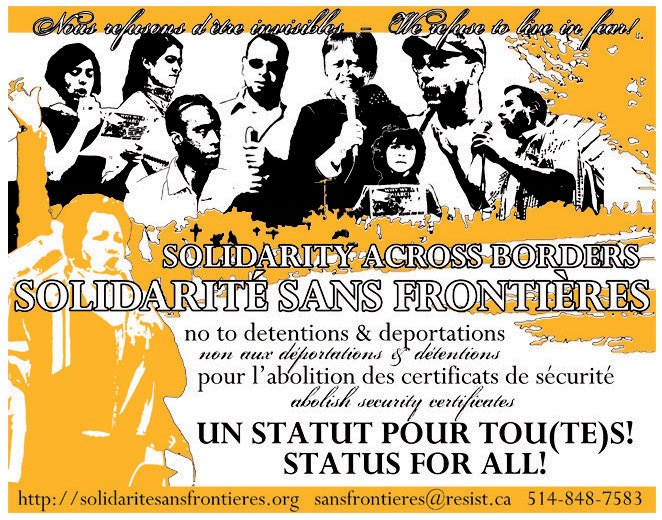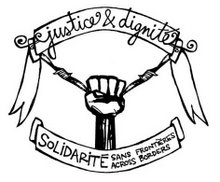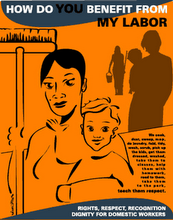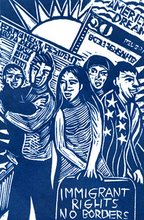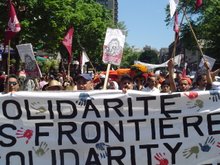The United States has started resembling another country, one whose nightmares shaped much of my thinking about peace and justice: wartime El Salvador.
More than a decade before last year’s marchas of millions, I felt the dreamy exhilaration of organizing and leading marches of tens of thousands. And, like many of today’s organizers and leaders of historic marchas, I know the dejection and disappointment before an immigration debate that leads one to ask, “Is this what we marched for?” and “What do we now?”
I came to understand this as the executive director of the Central American Resource Center (CARECEN) in Los Angeles, which was the nation’s largest immigrant service and advocacy organization in 1994, the year that California’s anti-child, anti-immigrant Proposition 187 initiated the current war on immigrants. Together with Mexican and Chicano groups that had been organizing the undocumented in the decades before the eventual passage of the 1986 immigration reform, CARECEN and dozens of Asian and Latino organizations, labor unions, radical groups and others launched what were, until last year, the largest immigrant rights marches in U.S. history. As a former organizer, I appreciate the hard work of building consensus and coalitions, massaging egos and the constant agitation at the core movement-building. And as a writer who traveled to cities and rural areas in an ongoing effort to map the movimiento in 2006, I saw how Prop. 187 had spread through the nation: demographics, reactionary policies and economic globalization combining to create the new politics of immigration. Watching displaced white workers in globalized Georgia protest with placards saying “Invaders go home” or hearing Hmong immigrant youth in Wisconsin shout “We are not criminals” at James Sensenbrenner in front of a town hall, I believed predictions I’d heard about the entire country eventually experiencing its own clash of California dreams.
To read more click HERE
